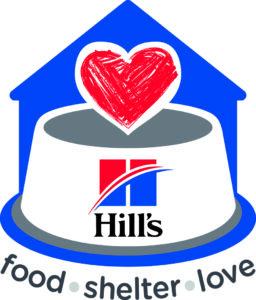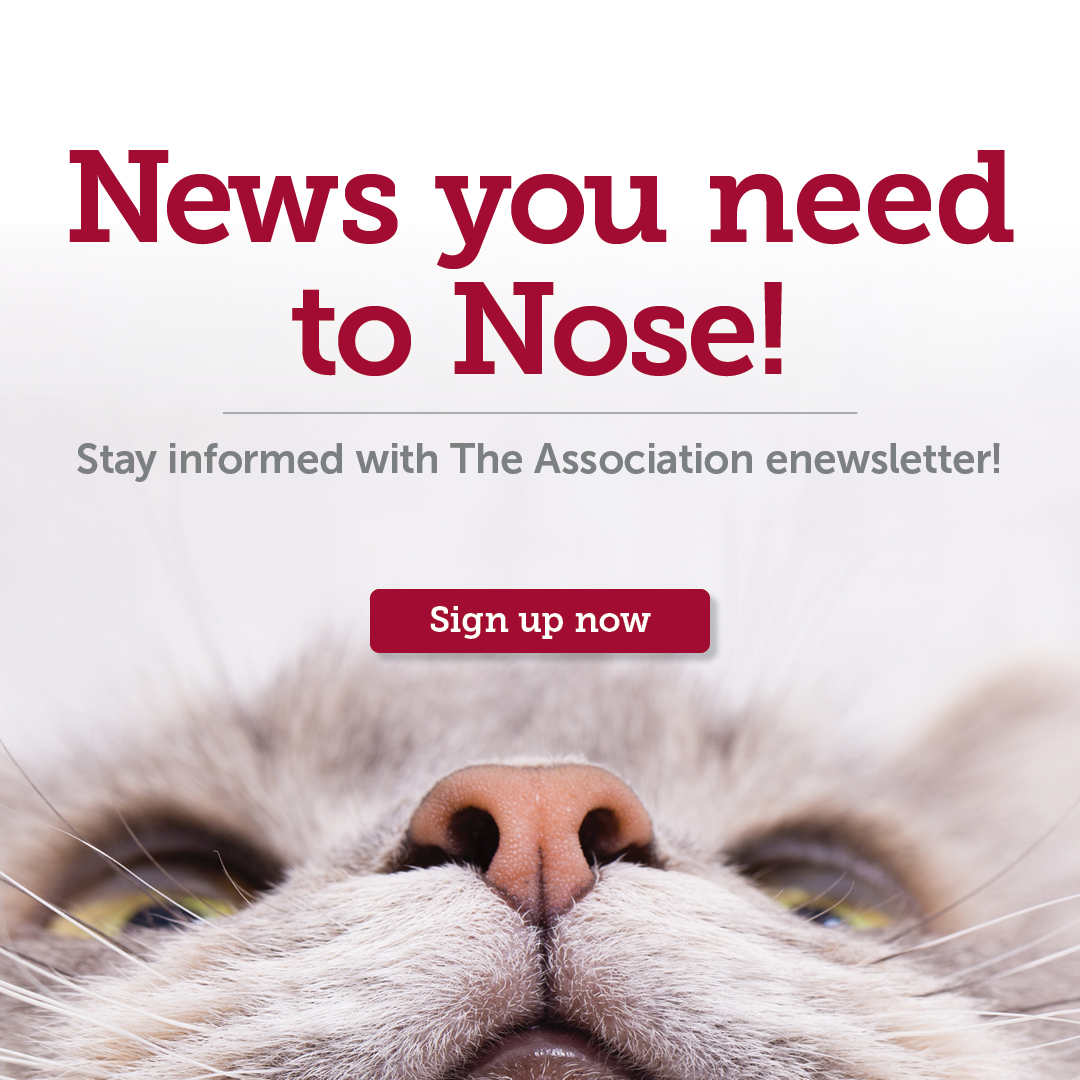News, ideas & inspiration from industry leaders

COVID-19 Check-In: A View from the Rural South
Intake’s down and volunteers have stepped up to foster…. Yes, this is a phenomenon that many shelters have experienced during the pandemic—but not all shelters. The Association’s Katherine Shenar and Dr. Josh Fisher, Director of Charlotte-Mecklenberg Animal Care & Control, recently interviewed Cole Wakefield, Director of Animal Services at Good Shepherd Humane Society, which serves a population of 28,000 over 3 municipalities and 600 square miles in rural Carroll County, Arkansas—right in the heart of puppy mill country. Read on and listen in to hear the challenges Wakefield and his team have faced during the pandemic–and what they did during the month they closed intake.
Making the most of it
Wakefield reports that his team is doing well, and they’ve spent their time during the month they were forced to close wisely. “We wanted to retain staff,” he shares, “so we had everyone go through Fear Free training—and that will now be part of our onboarding process.”
A volunteer army is not a given at a rural shelter
We all read the incredible stories, and many experienced it first-hand–the public rallying to foster when the pandemic first hit, clearing up space and leading us to ask, could this be the next iteration of how shelters do business? “We didn’t see that kind of response here,” shares Wakefield. “We just don’t have a population density to allow for that. The foster model is awesome, and we all agree that intake diversion is key—but it’s not going to happen here. We will need to focus differently to find what will work in a rural environment as opposed to an urban one.”
Internet is not a given in a rural shelter
Until recently, GSHS connected to the world via a Wi-Fi hotspot with 20 gbs of data. Even with the shelter’s brand-new Internet, Wakefield had to ask some staff to log off in order to maintain a better connection during the interview. Now just let that sit for a minute. Most of us take a fast and reliable Internet connection for granted, and would not be able to keep calm and carry on if it went out for even a few hours—let alone build up a Facebook presence that really the engages community.
What 24 Chiweenies really means…
Overall GSHS’ adoptions are up, as have been intake numbers–which include 24 Chiweenies recently surrendered. “That was a puppy mill dump,” as Wakefield describes it, not uncommon for a shelter surrounded by them. Fortunately, GSHS quickly was able to place the pups with a rescue partner, but Wakefield is concerned there may be more to come.
“I worry we’re not going to feel the real impact of the pandemic until 30 to 90 days from now,” he says. “For rural shelters surrounded by puppy mills—if all these places collapse, that will be a lot for these shelters to absorb. And if the economy starts getting bad for our rescue partners, if whole systems are overwhelmed, what’s going to happen?”
Broadening the conversation
Wakefield’s a dynamic, positive thinker who’s truly excited to be a part of “the most unique industry where people join together to work really hard to come up with solutions”—and he would love to see the conversation open up to include agencies that serve rural communities. “A lot of smaller, rural shelters are not yet hooked into resources offered by The Association or the larger national organizations. We gotta do a better job of reaching out to them.”
Watch the entire thought-provoking interview here, or you can also listen to it on Spotify.


